Jaromil AND Brian Holmes
Conratulations!!
Denis Jaromil Rojo is a developer and media artist inspired by the GNU free software movement: he follows the ideal of creating free software for freedom of expression, to let people communicate, freed from consumerist speculations and the need for expensive hardware. He is author of the GNU/Linux Live CD dyne:bolic, of various free software audiovisual tools and net-art productions as HasciiCam, the shell :(){ :|:& };: forkbomb and Time Based Text. Featured as an artist in CODeDOC II (Whitney Museum Artport), Read_Me 2.3 (runme.org software art), negotiations 2003 (Toronto CA), I LOVE YOU (MAK Frankfurt), Netarts (Machida Tokyo), Rhizome, Data Browser 02 (engineering culture), Crosstalks (Vrije Universiteit Brussel) and in several other publications.
The blog, Continental Drift at http://brianholmes.wordpress.com, is an essay-writing worksite, updated continuously with Brian Holmes entire output as a public intellectual, whether occasional talks, spur-of-the-moment rants or polished full-length texts dealing with the analysis and subversion of cognitive capitalism and liberal empire.The blog was launched in early 2007 in parallel to the work of the autonomous seminar Continental Drift, developed since 2005 in collaboration with Claire Pentecost and the 16 Beaver Group (www.16beavergroup.org/drift). The seminar, gathering artists, theorists and activists, was conceived as a response to the deterioration of democratic discourse and public space under the influence of the outgoing American imperial administration. The essays on the blog are therefore Holmes personal work, but can also be considered as individual contributions to a collective practice.
Materials from the blog have recently been gathered into a book, _Escape the Overcode: Creative Art in the Control Society_, which will be published in early 2009 by WHW and the Van Abbemuseum. The book is freely accessible: http://brianholmes.wordpress.com/2008/02/02/book-materials



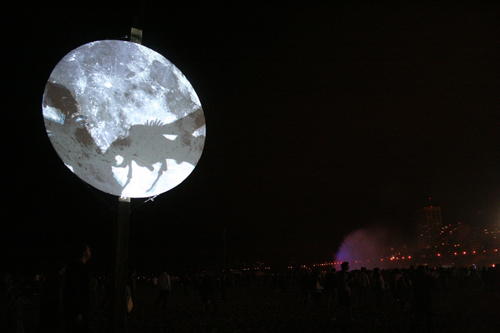
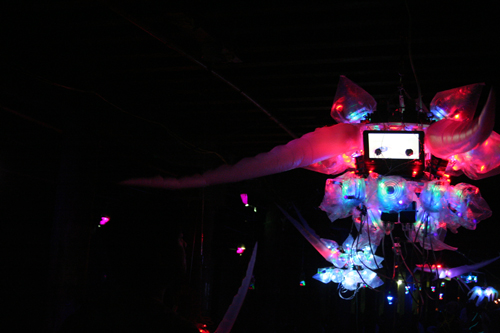
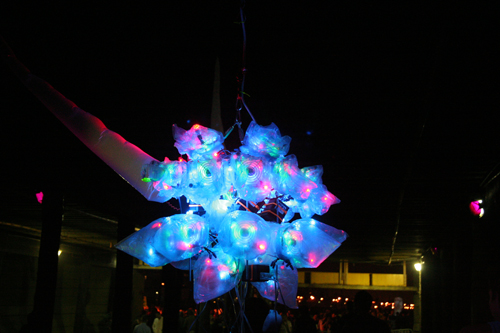
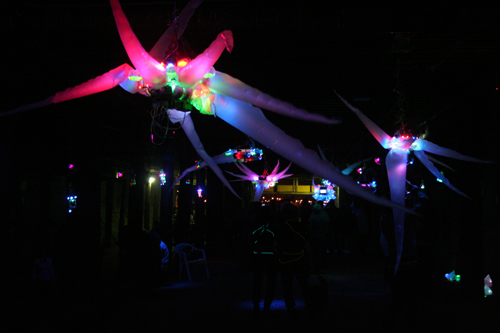
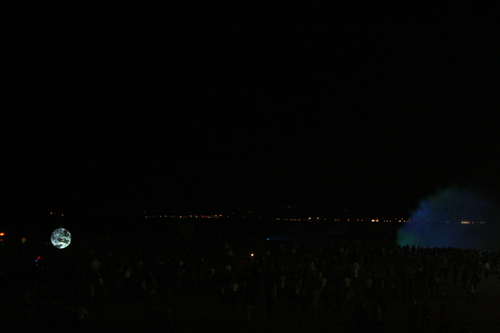
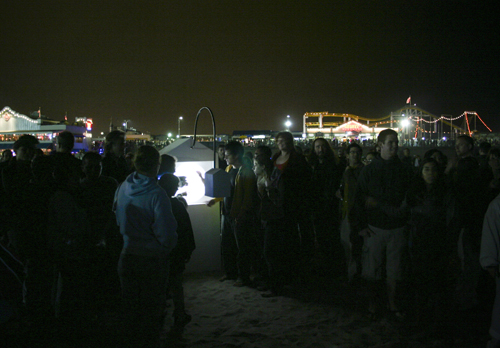
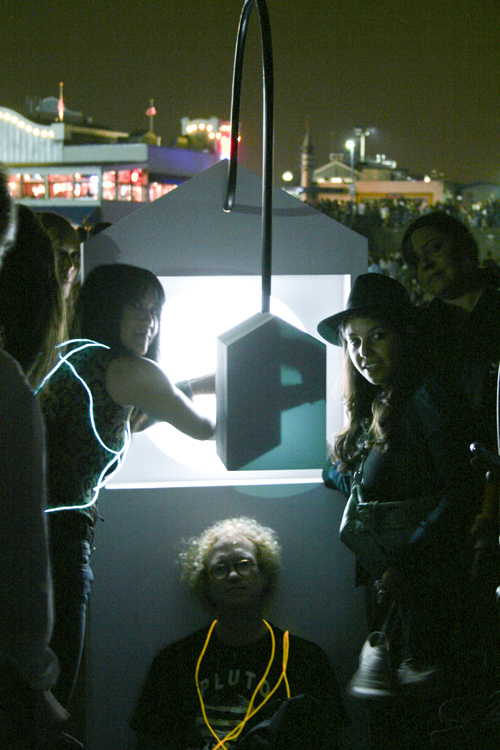
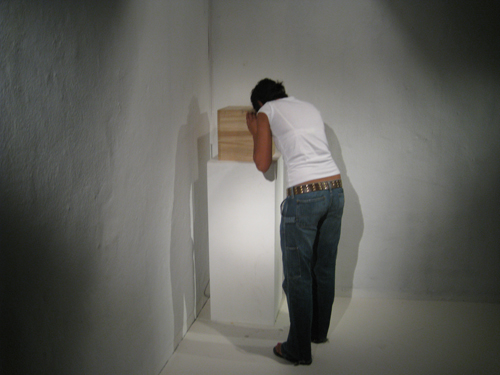
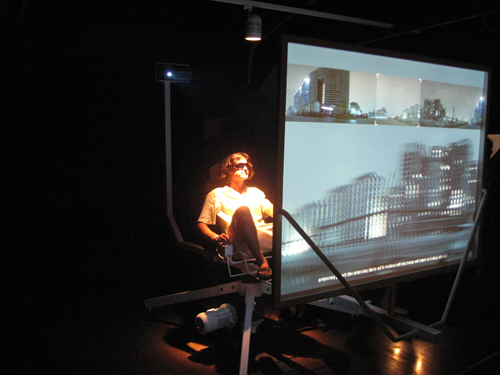
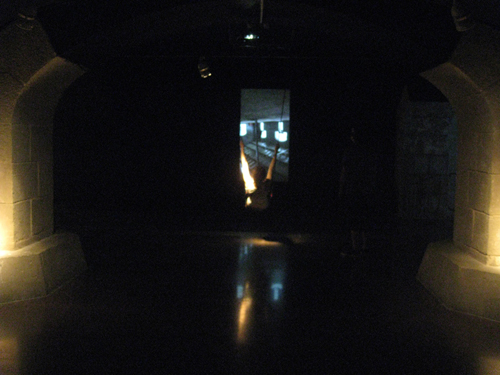

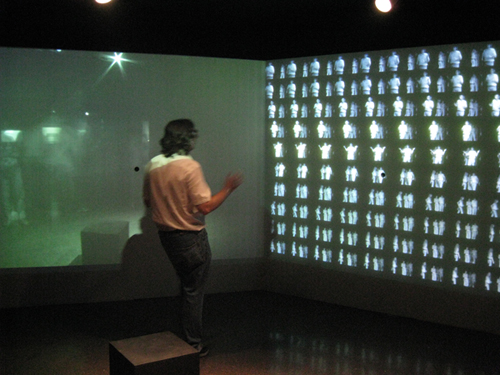
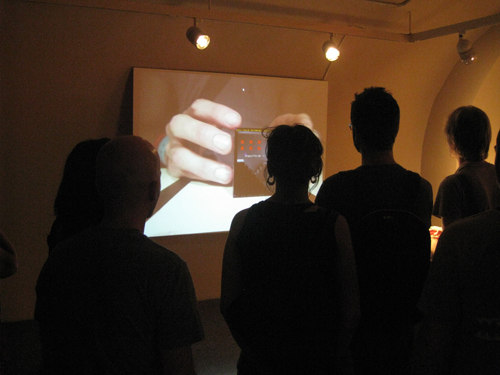
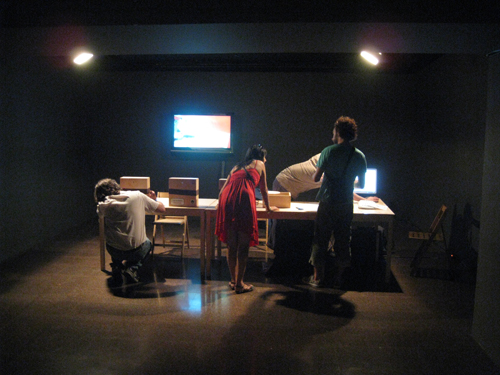
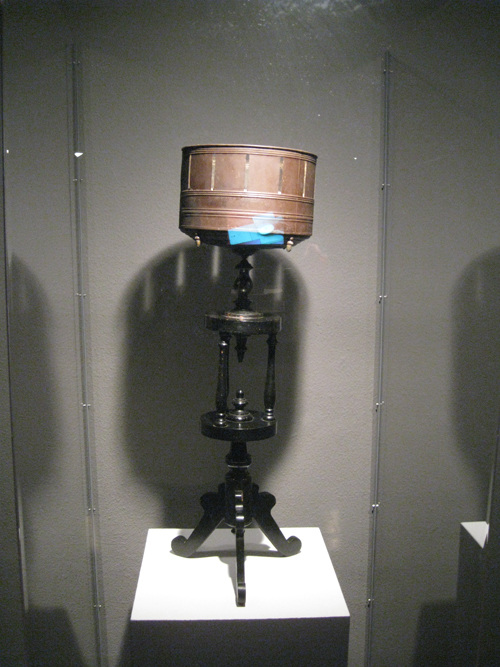
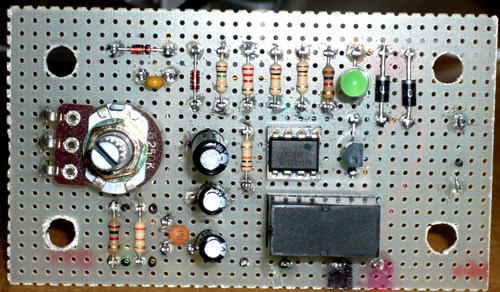
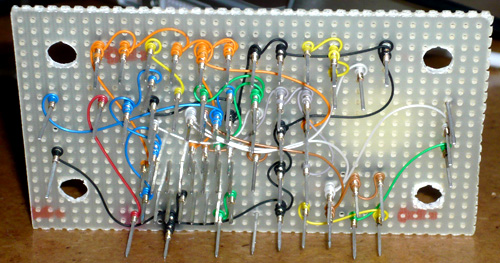

Socialize